The Brief
Manipal Academy of Higher Education (MAHE) hosted a closed by-invite design competition, for the design and construction of the New Faculty of Architecture Campus at Manipal. The Prestigious project was awarded to The Purple Ink Studio after a series of 5 rounds of discussions and shortlisting.
Design Intent
As Indian cities alter into megacities with little capacity for planning, the early generation becomes the Charioteer to cruise the making of smart cities. It is inevitable for architecture colleges to be progressive & innovative. Manipal Academy of Higher Education (MAHE) has carved a niche in the educational system with its liberal ideologies & strong vision over the decades. A new campus for the architecture college which already held strong roots in the existing system with an avant-garde vision offered us a mould to present a design philosophy which is innovative yet sensitive.
The entire vision is grounded in the regional & topographical context with the proportioned harmony of forms bounded around nature, encouraging a dialogue between the two. As the varied spaces walk hand in hand, it gives the flexibility for the end users to explore a brand-new experience every day. Interwoven and fluid spaces encourage an exchange of ideas & opportunities to interact, learn & relearn.
The design philology is centred on ways to discover, experiment and move forward: to think the unthinkable and create the unimaginable, but is also evolved with keeping in mind the ever-growing technology. Drawing inspiration from nature- it being the master of design, ideologies of Biomimicry & Sustainability are some of the core values tuning the design parameters.
In conclusion, we present a vision correctly termed by Le Corbusier as an “infinite cosmos of nature”.
Learning from interactions
The design attempts to create multiple modes of learning and engagement for the students. This could greatly impact the overall development of an individual.
Responding to the local context
Inspirations are sought locally to make the sense of belonging more prominent. Building materials and cultural nuances are kept in mind at all times and have undergone many interpretations.
Climate sensitive design
The design evolves as a response to climate, using it as an aid to create comfortable spaces of use.
Gallery
Drawings
Project Facts
Project Name: Manipal School of Architecture and Planning
Typology: Architecture Campus (Institute)
Location: Manipal, India
Site Area: 3.50 Acres
Built-up Area: 1,70,000 sqft
Design Development: January 2018 to August 2018; Handover: October 2022
Architects: The Purple Ink Studio
Design Team
Principals: Akshay Heranjal & Nishita Bhatia
Design Lead: Samruddhi Shimpi
Design Team: Anareen Reynolds, Niraj Navalakha, Manvi Gupta, Priyanka Bankapur, Sharanya S, Jaikumar, Amal Jain, Sujith Kamath
Landscape: Aditi Pai, Jayati Kota







































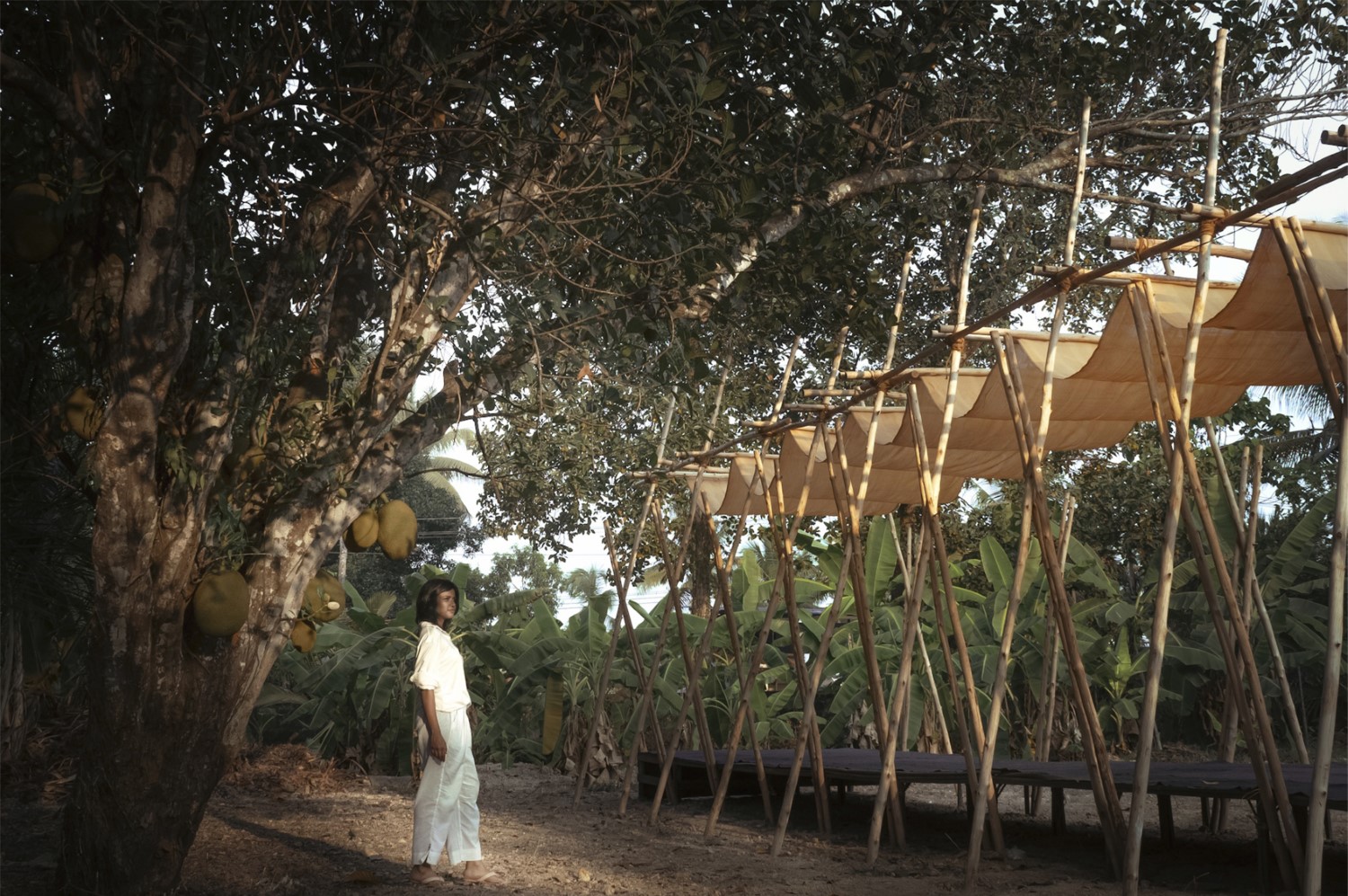
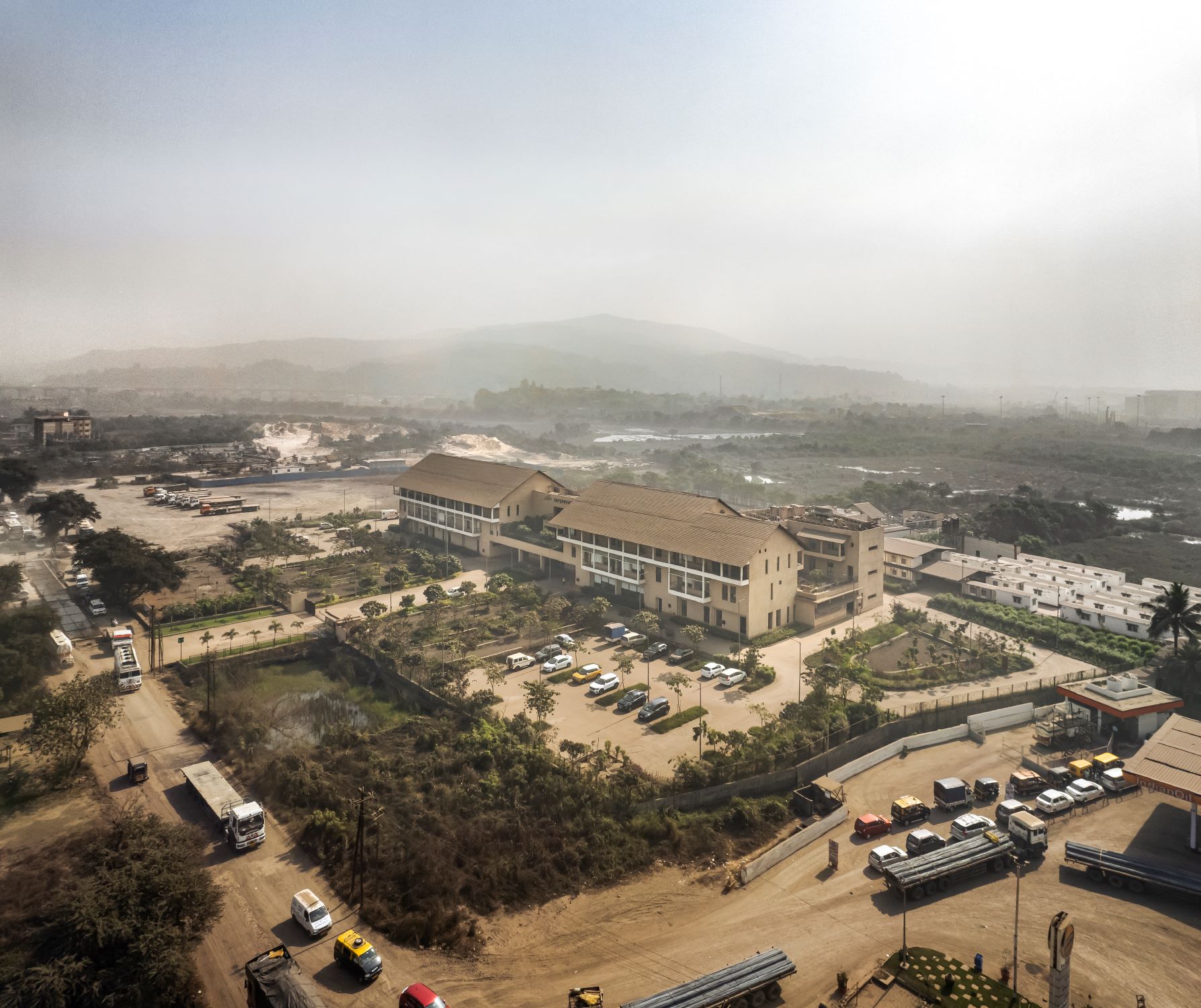
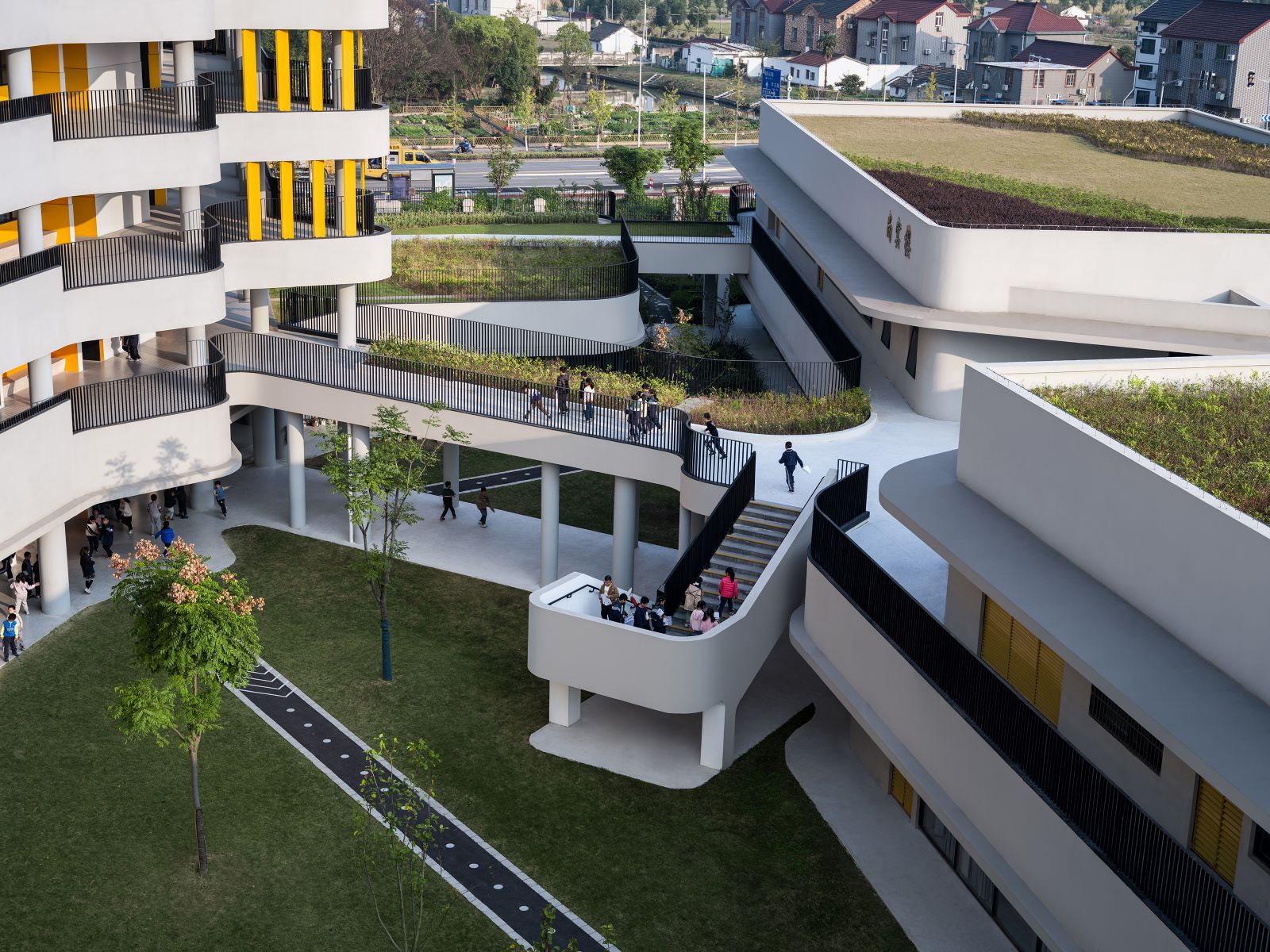
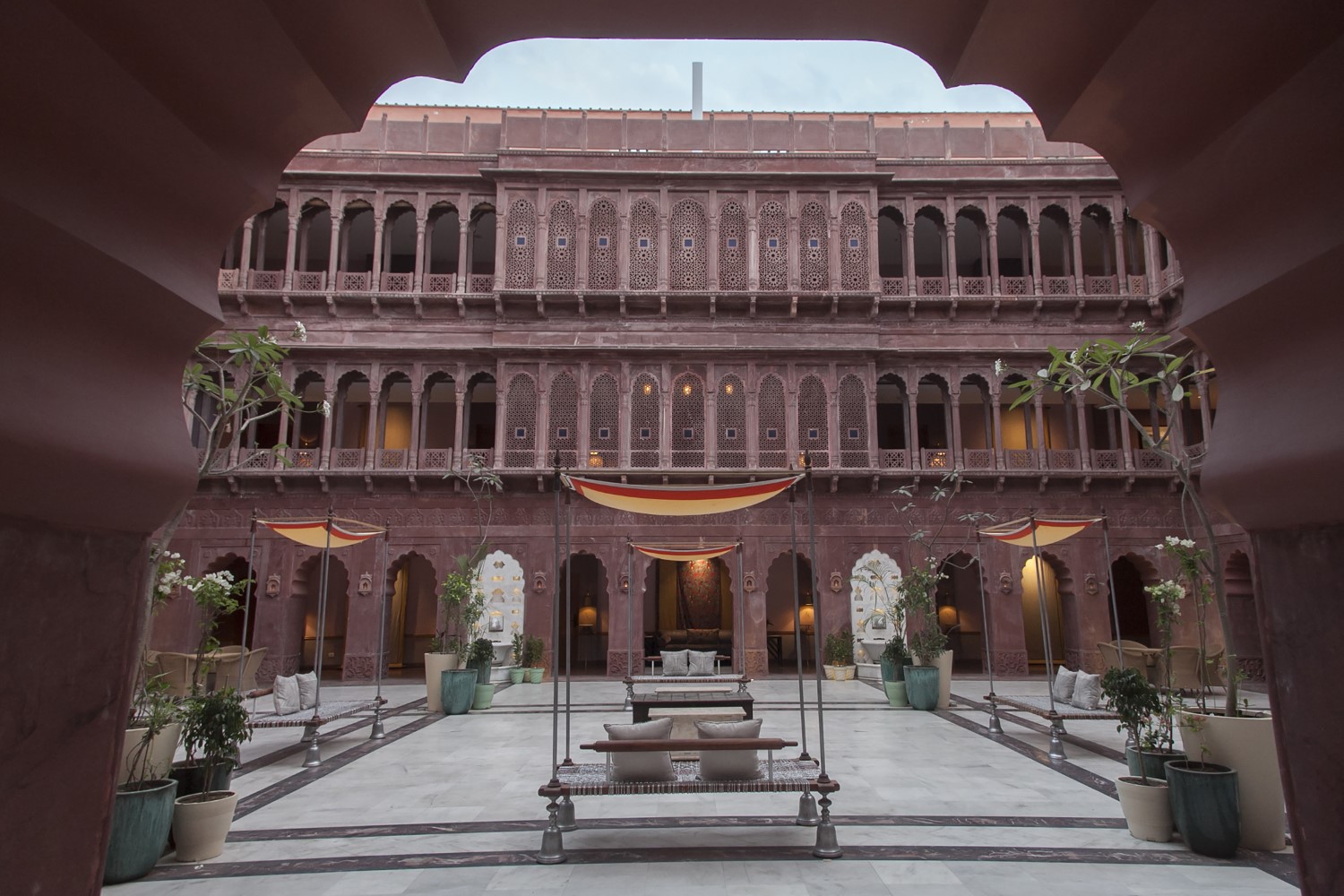
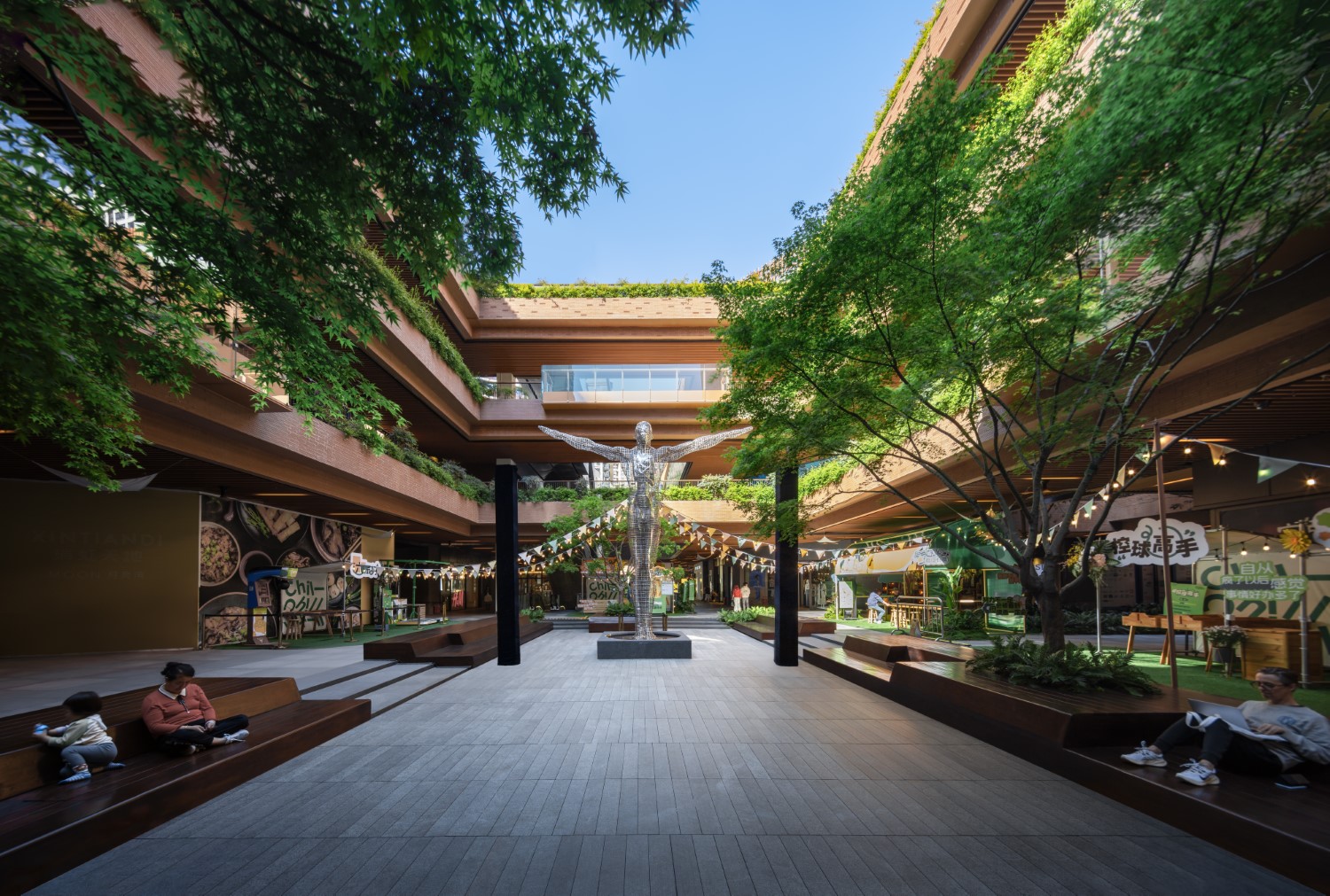
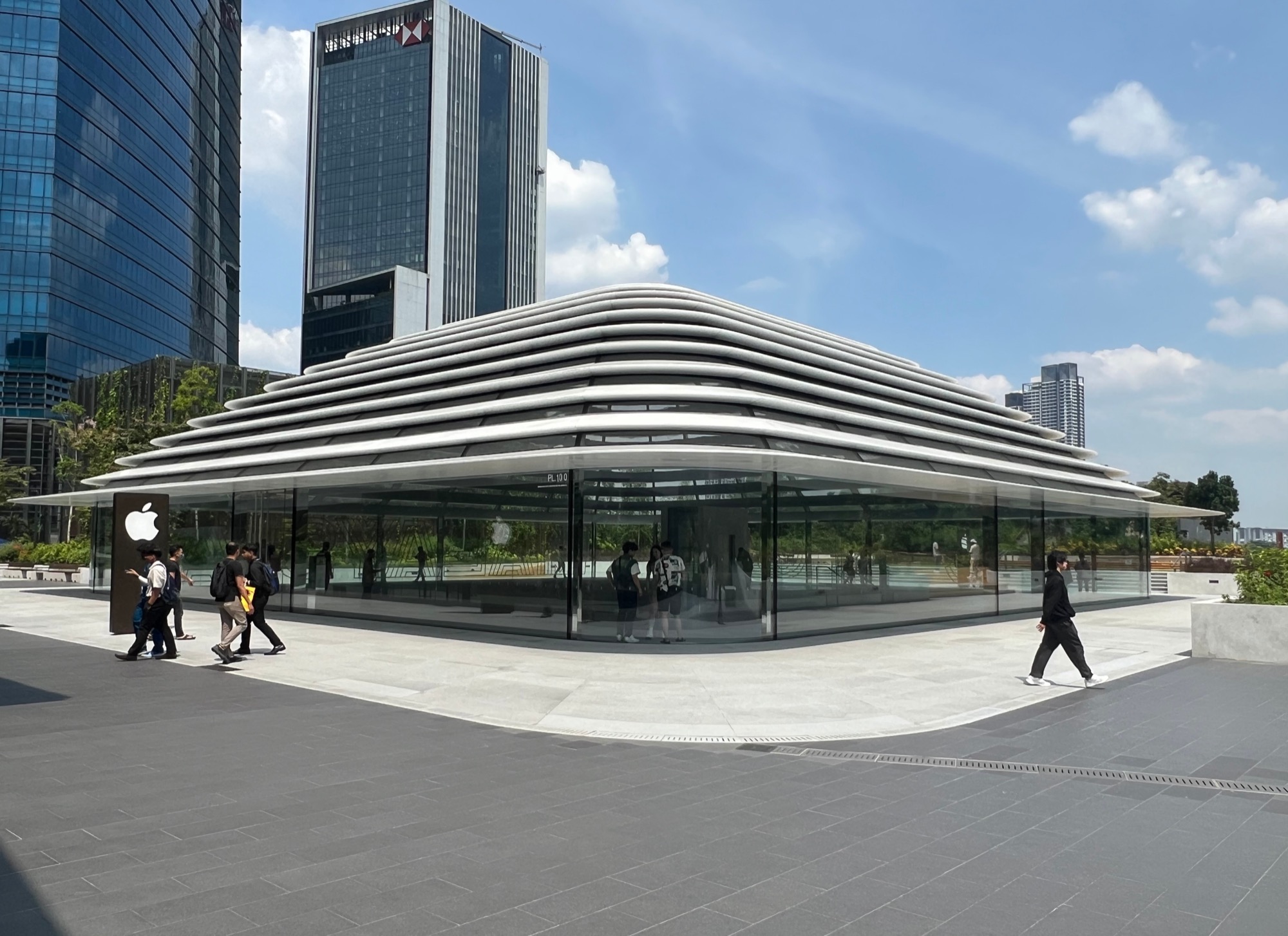
One Response